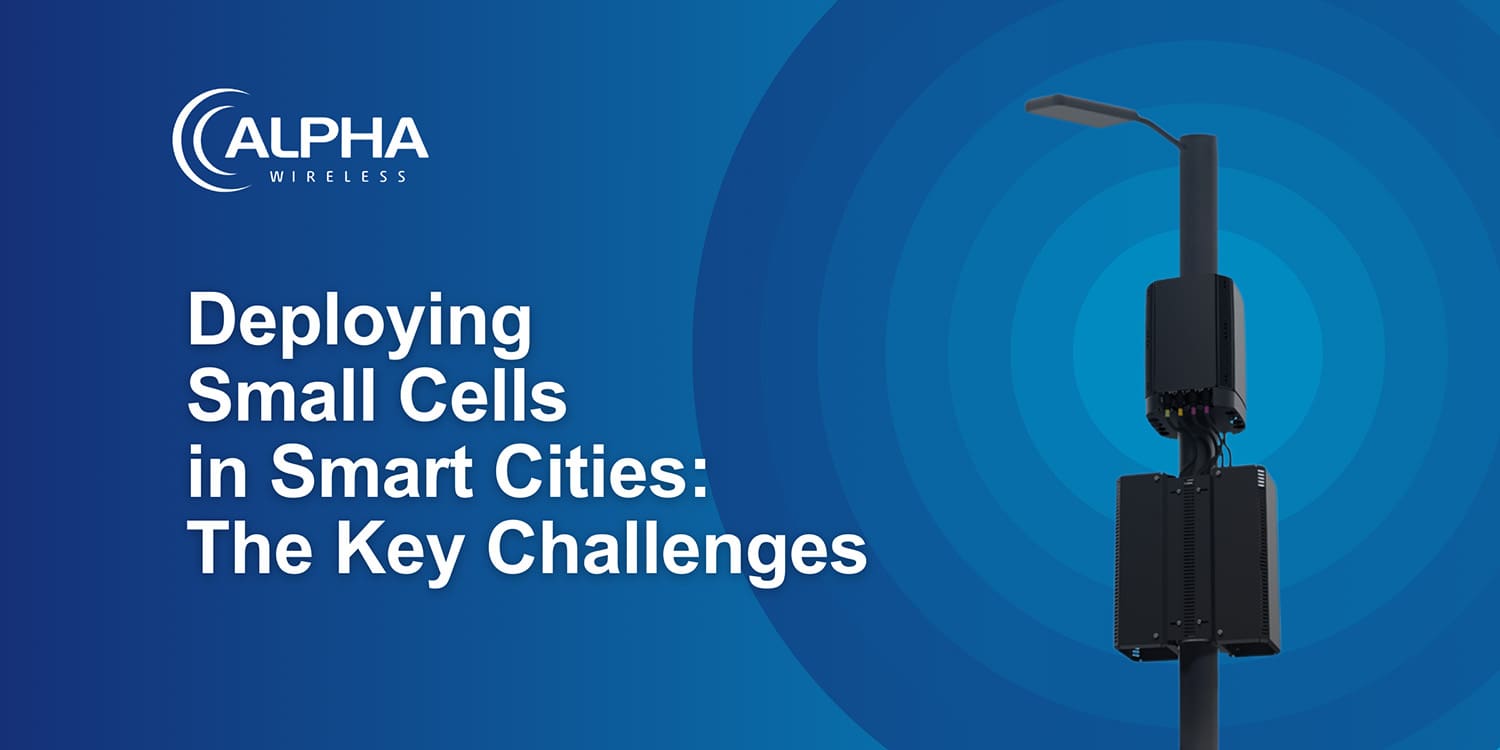
Deploying small cells in smart cities is crucial for the future of connectivity but comes with its own set of challenges, including technical, regulatory, and logistical factors. Understanding these hurdles is the key to thorough preparation. If you’re aiming for a smooth deployment, here are a few potential obstacles to keep on your radar.
Planning Permissions
Obtaining municipal planning permits and navigating local regulations can be a challenging task. This is especially true when deploying traditional small cells for Millimeter wave (mmWave) nodes, a wireless technology that uses electromagnetic waves to transmit data in 5G networks. These rapidly expanding networks support the increasing demand for mobile data but require a higher density of cell sites to deliver faster speeds and lower latency.
Small cells need to be installed on street-level assets like lampposts, traffic lights, and signage. Coordinating with local zoning authorities to gain access to these assets can be a major challenge because they often have strict aesthetic requirements and approval processes. For operators, constant and cooperative communications is vital.
Infrastructure Compatibility and Costs
Small cells need a reliable and consistent power source. In urban areas, ensuring access to power at deployment sites can be challenging because they need strong high-speed, low-latency backhaul connectivity. As mobile network operators know, laying new fiber in urban environments can be expensive and disruptive.
The costs associated with equipment, site rental, backhaul, and power infrastructure can accumulate quickly when a large number of cells are required. The cost of maintenance, software updates, and network monitoring across a distributed network can further increase the operational burden.
Generally, network operators bear the primary cost of building and maintaining new cell infrastructure, but municipalities can indirectly contribute by providing access to public infrastructure in exchange for permit fees to cover the administrative costs associated with the deployment process.
Site Selection and Management
Deploying 5G, whether on high-band or lower bands, requires careful analysis to determine the optimal placement of small cell nodes. This process can be complex and labor-intensive because of the importance of positioning cells precisely to ensure effective coverage and performance.
The location of small cell technology often means it coexists alongside other applications (for example, sensors, cameras, and IoT devices) that also require connectivity and power, so some mobile network operators find themselves competing for space with other smart municipal technology. But the issue of sharing infrastructure is not unsurmountable. Integrating small cells with other smart city initiatives can be achieved through extensive cross-agency collaboration.
Plan Thoroughly, Be Proactive
With the growth of 5G networks moving at an ever-increasing pace, the need for urban densification has never been greater. The importance of gaining speedy approvals and ensuring seamless deployments has come sharply into focus. And, as the number of small cells grows, telecom operators must manage an ever-larger array of distributed hardware, equipment, and operational complexity.
Telecom operators who plan meticulously, stay proactive, and collaborate with all stakeholders can ensure a seamless rollout.
